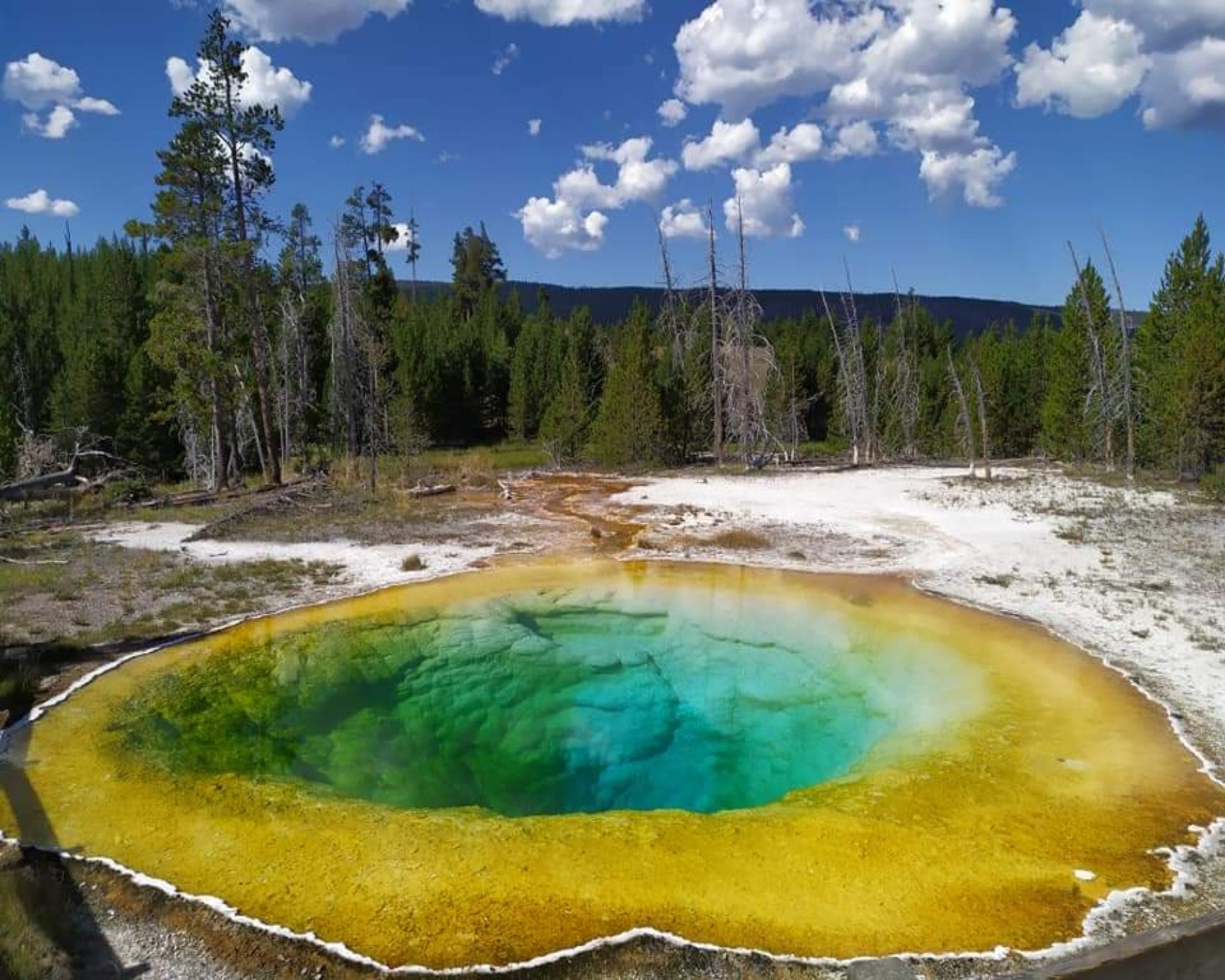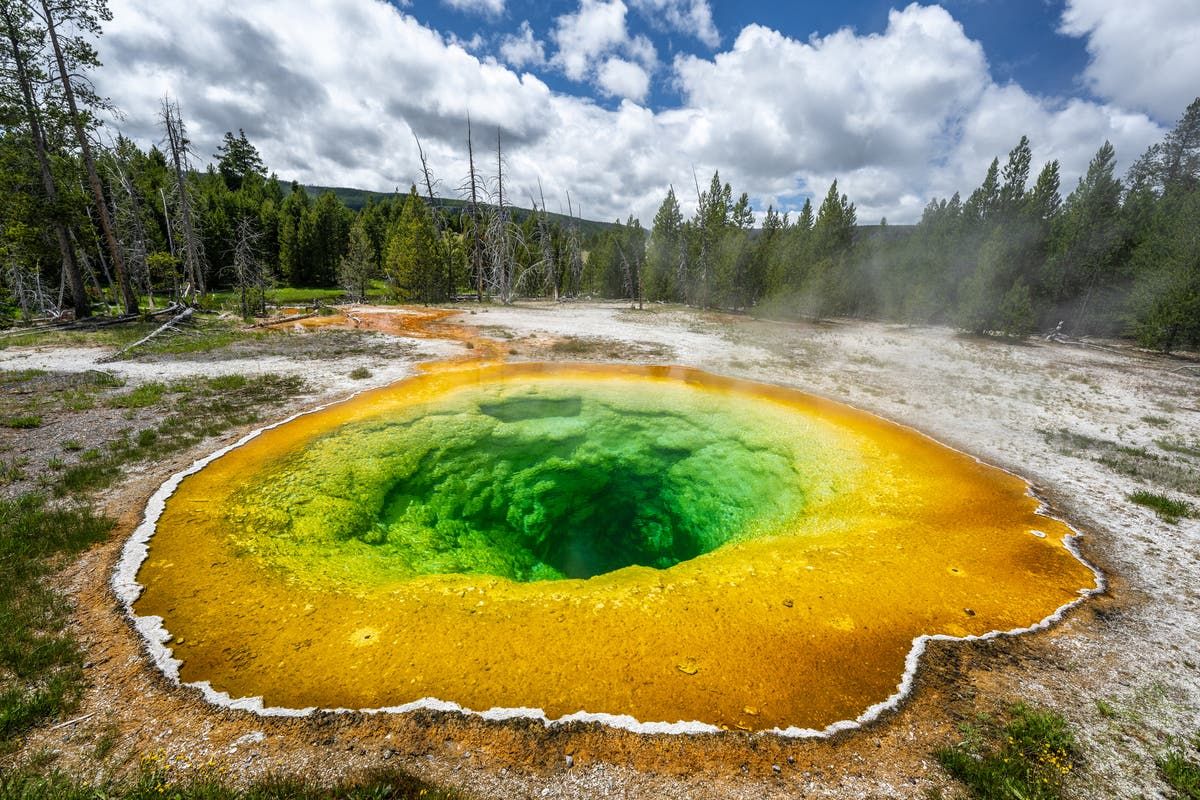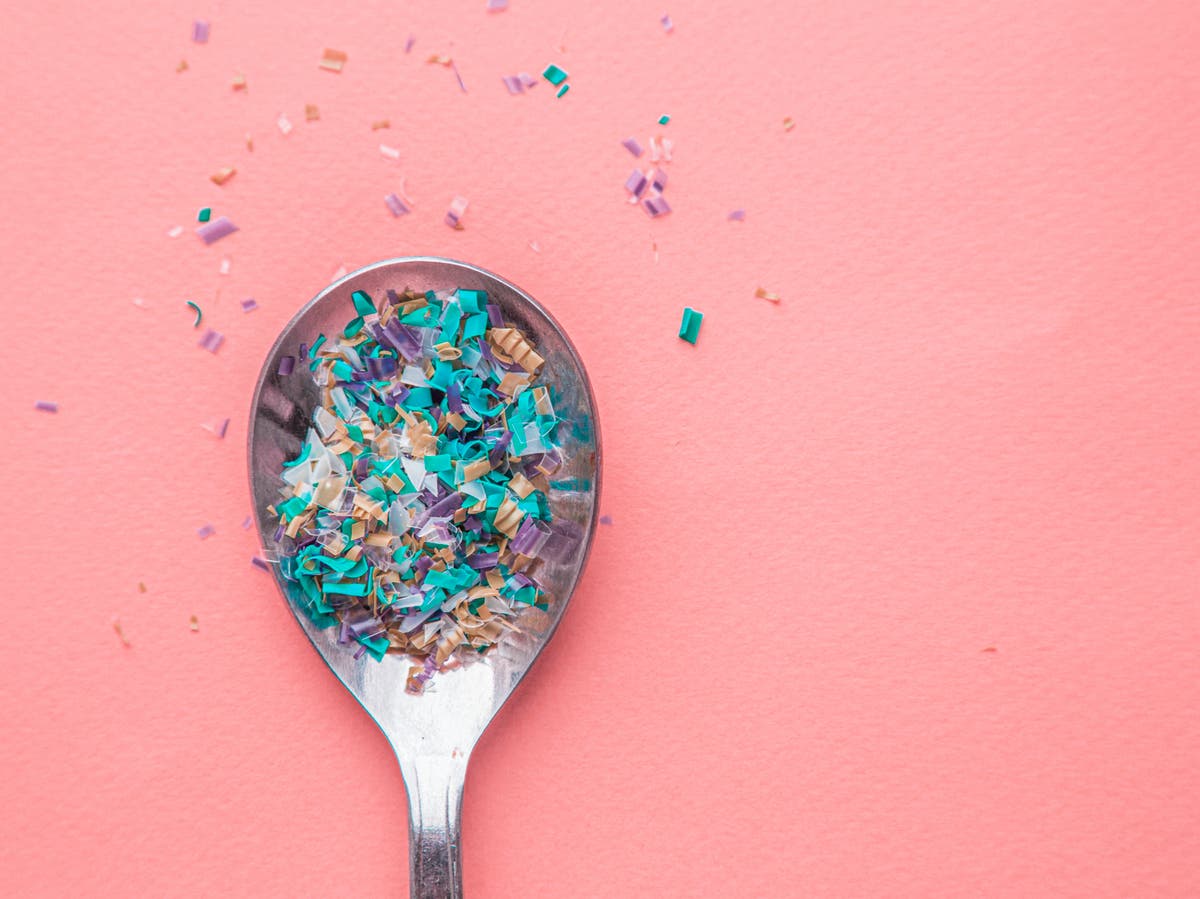Your support helps us tell the story.
My recent work focusing on Latino voters in Arizona has shown me how crucial independent journalism is to giving voice to underrepresented communities.
Your support is what allows us to tell these stories and draw attention to issues that are often overlooked. Without your contribution, these voices may not be heard.
Every dollar you donate helps us continue to shed light on these critical issues in the run-up to the election and beyond.
Eric Garcia
Washington Office Chief
Yellowstone National Park's famous geothermal pool, called Morning Glory, has reportedly changed color due to the volume of debris thrown in by visitors.
According to park historians and former employees, the pool's once deep blue water has been marred by coins, trash and rocks thrown in by tourists over the years.
“We found tons, probably thousands of coins,” former Yellowstone ranger Jeff Henry told a Wyoming news outlet. State of the Cowboys Diary“The park’s main path used to run right past Morning Glory, so that would explain some of the metal pieces that looked like car parts dumped at the bottom of the pool.”
According to the post, the deep parts of the pool are now green and the edges of the pool have turned yellow. As artifacts have continued to be thrown into the pool, this color change has also been due to the temperature of the water.
“Warmer pools tend to be bright blue, and cooler pools can be more colorful because bacteria can grow there,” said Mike Poland, scientist in charge at the Yellowstone Volcano Observatory. “At Morning Glory, the temperature dropped because people threw objects in there, causing the vent to become partially blocked and the temperature dropped, allowing different types of bacteria to grow.”
The tradition of throwing objects into the pool dates back to 1872, when the park opened, according to Yellowstone National Park historian Alica Murphy. She says tourists have always been known to throw objects into the pool in hopes of good luck or triggering a geothermal phenomenon.

“People didn’t understand plumbing and how geysers worked,” he said. State of the Cowboys Diary“There were a lot of ideas like, ‘If we throw something into this pool, maybe we can blow it up.’”
“I think there was some trial and error and a misunderstanding of the damage they were causing.”
Murphy added: “Wishing wells are a tradition that goes back a long way. You throw a coin into a wishing well and make a wish. There is something about pools of water that gives humans an uncanny instinct to throw things into them.”
However, Henry noted that he hasn't seen “nearly as many coins in pools” in recent years as he did at the start of his decades-long career.
“The bottoms of the more accessible springs used to be paved with coins, but now it is quite rare to see anything being thrown into the pools,” he said.
She shared that at many of the pools in Yellowstone Park, she has seen fewer and fewer coins thrown in there. “I think people are a lot more respectful than when I started out. It’s one of the ways values and behavior have changed over the years,” she added.
According to the National Park Service, Morning Glory Pool “was named in the 1880s for its striking resemblance to the flower that bears its name.” Because it became a victim of vandalism, much of the debris thrown into it “became embedded in the sides and vent of the spring, reducing water circulation and therefore water temperature.”
However, “natural changes may be cooling the water,” as cold temperatures allow “orange and yellow bacteria to proliferate.” The average pool temperature is 159.3 degrees Fahrenheit.












